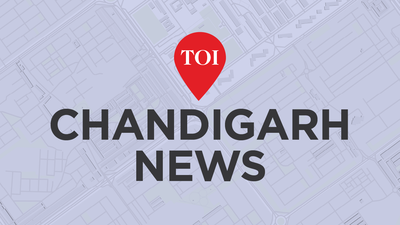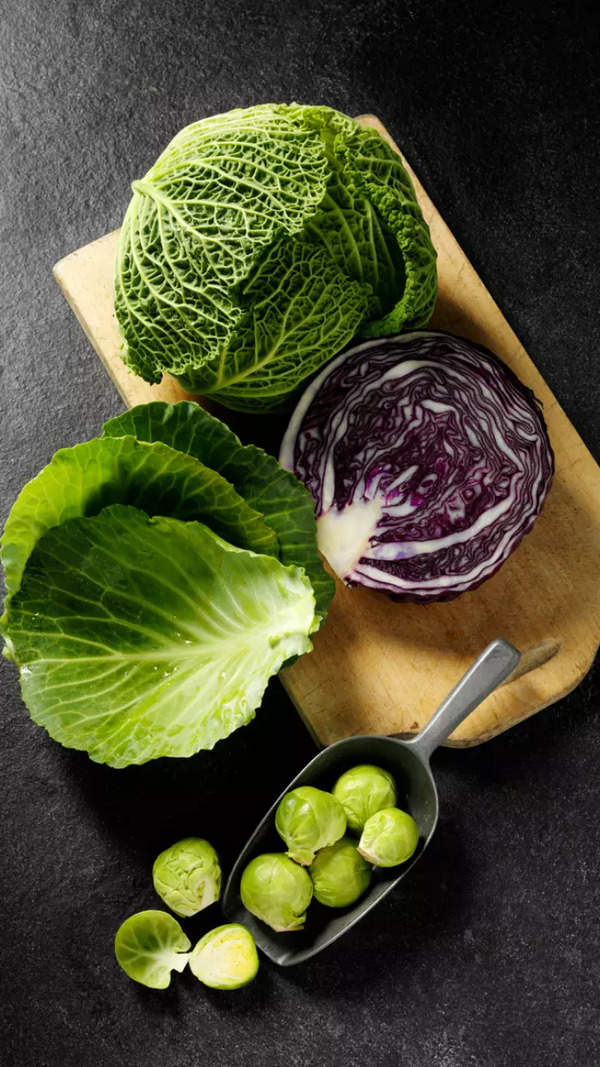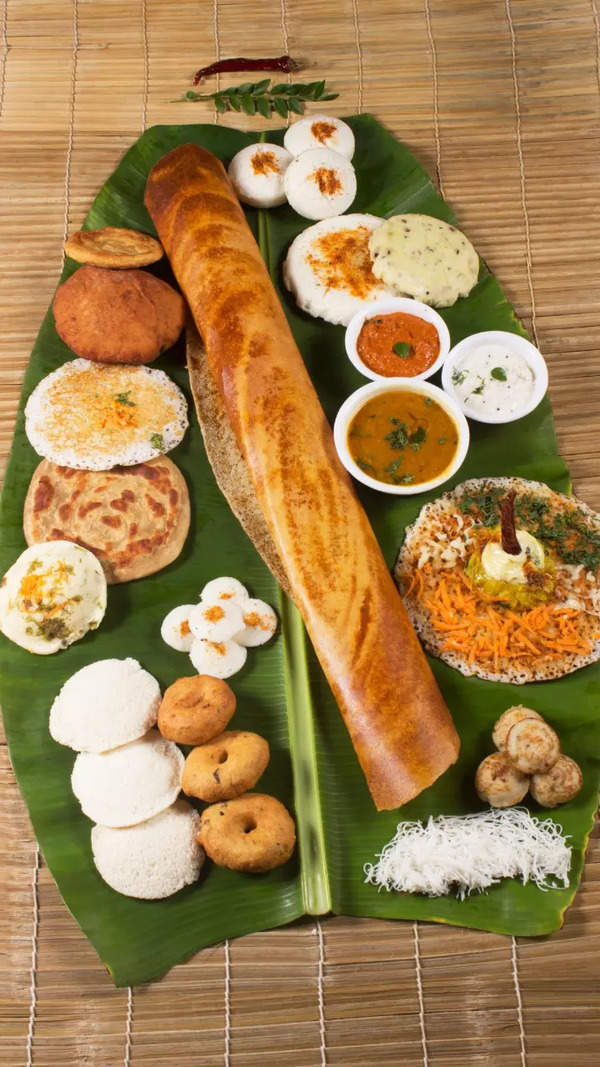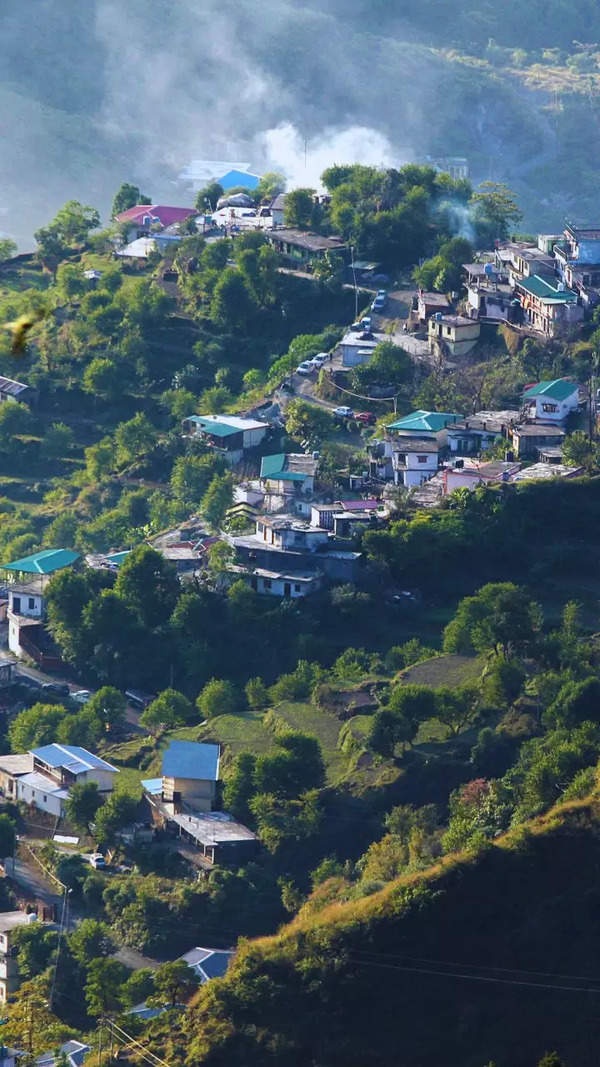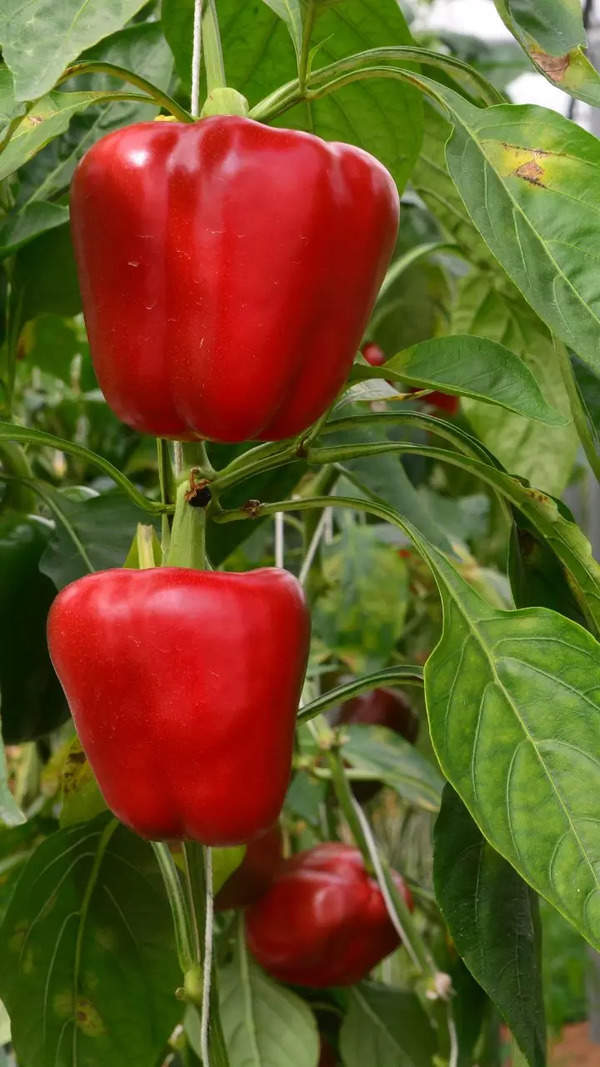- News
- City News
- chandigarh News
- India targets 75% farm mechanisation by 2047 amid current 47% level, focus on small and marginal farmers
Trending
India targets 75% farm mechanisation by 2047 amid current 47% level, focus on small and marginal farmers
Bathinda: Union minister of state for agriculture Ramnath Thakur, in a written reply in the Lok Sabha about farm mechanisation, said on Tuesday that the operation-wise average mechanisation levels across crops are 70% for seed-bed preparation, 40% for sowing/planting/transplanting, 32% for weeding and interculture, and 34% for harvesting and threshing, resulting in an overall average mechanisation level of 47%.
The standing committee on agriculture, animal husbandry and food processing (2022-23) on the subject ‘Research and Development in Farm Mechanisation for Small and Marginal Farmers in the Country' in its 58th report emphasised achieving a mechanisation level of 75% by 2047.
It was said that the adoption of mechanisation by the farmers of various states depends on varying factors such as socio-economic conditions, geographical conditions, crops grown, and irrigation facilities.
As per the estimates of 2020-21 of the Indian Council of Agricultural Research (ICAR), agricultural mechanisation level varies across different crops and their farm operations in the country.
It also aims to promote ‘custom hiring centres' to offset the adverse economies of scale arising due to small land holdings and the high cost of individual ownership of machines.
The department of agriculture, through the state governments, is implementing a centrally sponsored scheme Sub-Mission on Agricultural Mechanisation (SMAM) with effect from 2014-15, and financial assistance is provided to the farmers for the purchase of agricultural machines and equipment on an individual ownership basis.
Financial assistance is also provided for the establishment of custom hiring centres (CHCs) and village-level farm machinery banks (FMBs) in order to provide machines and equipment to the farmers on a rental basis as per their requirements.
The crop residue management scheme is implemented from 2018-19 in order to support the efforts of the governments of Punjab, Haryana, Uttar Pradesh, and Delhi to address air pollution and to subsidise machinery required for the management of crop residue.
The govt has approved a central sector scheme for providing 15,000 drones to women self-help groups (SHGs) during 2023-24 to 2025-26 for providing rental services to farmers for agricultural purposes.
Some of the major challenges of increasing the farm mechanisation levels, as emerged through the impact evaluation studies of SMAM (2018-19), are small and fragmented land holdings, hilly terrain & diverse soil conditions, diversified agro-climatic conditions & cropping patterns, and high cost of machines.
The department entrusted a study on ‘assessment of status of farm mechanisation and custom hiring in India' in 2024-25 to ICAR.
MP Azad Kirti Jha asked about the current level of farm mechanisation in the country; the time by when the country is likely to attain 75% farm mechanisation; whether any mechanism is laid down to ensure that farm mechanisation benefits small and marginal farmers; whether any study has been conducted to assess the challenges of farm mechanisation in the country; and the details of major challenges, if any, in attaining 100% farm mechanisation in the country.
Check out our live coverage of Super Bowl LIX and find details on how to watch Super Bowl 2025 live on Times of India.
End of Article
FOLLOW US ON SOCIAL MEDIA
